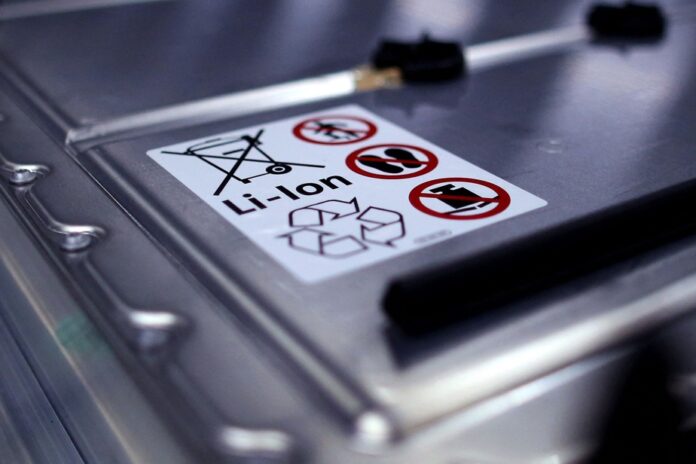I talk to you about it on a regular basis, but the stakes are high. The autonomy of electric cars remains to this day the main obstacle to its purchase and the great challenge for car manufacturers.
Because for the consumer, it is important to acquire a vehicle that can take him from point A to point B without having to worry or question whether he will have enough energy to get to his destination.
But still, he also wants the battery recharging time of his electric vehicle to be at least equivalent to the duration of a full tank of gas, as he has always done to this day. However, for the moment, no electric vehicle can perfectly meet these aspirations.
That’s why we welcome the discovery of a team of researchers from the Center for Clean Energy Technologies at the University of Technology in Sydney, Australia. This team has developed an innovative solution to solve these problems, thanks to a brand new molecule.
Context, first. Currently, it is important to know that the vast majority of electric cars on the market use lithium-ion batteries. These batteries work thanks to a system which, with the movement of ions, transforms energy into electricity.
That said, there are also lithium-oxygen batteries, which date back to the 1970s, and which could provide a clear advance in the field of electric cars.
If these batteries are already 50 years old, you are of course wondering what we are waiting for to be happy… It is because at the time, these batteries had been created by the automotive sector, which hoped to find a solution to the oil crisis, in those years when soaring oil prices surprised everyone. However, the low performance of the lithium-oxygen battery had discouraged many, so much so that it practically disappeared from the portrait of car manufacturers for three long decades.
In the 2000s, however, lithium-oxygen batteries returned to the fore, in the hope this time of finding an alternative to fossil fuels. But again, the stack misfired and never lived up to its promise. Loss of performance after only a few charging and discharging cycles, poor energy efficiency and parasitic reactions which could seriously deteriorate their long-term operation; nothing conclusive, what. Until recently, when the find of the Australian team brings us back to the topic on the agenda, hoping that this time will be the right one.
The research done at the Sydney University of Technology is based on state-of-the-art technology that can finally eliminate the irritants proven to date. A discovery that leads us to believe that it would now be possible to create new lithium-oxygen batteries that can last longer than lithium-ion batteries, while having a high energy density.
Lithium-oxygen batteries could therefore live again thanks to the synthetic molecule that they have custom-made and which acts as a catalyst for the reactions of charge and discharge.
This molecule, which they called PDI-TEMPO, is able to eliminate the parasitic reactions which, until then, had the annoying habit of clogging the pores of the battery cathode. This is precisely what the researchers indicate in the publication of their results.
They also indicate that their molecule limits traces of oxygen, that it is able to counter overvoltage problems inside the battery and, finally, that it can prevent the corrosion of metallic lithium.
But beyond these technical details, what must be remembered first and foremost is that the researchers believe that lithium-oxygen batteries equipped with this molecule would have a discharge capacity multiplied by 46, a charge potential of 0.7 V and a tenfold lifespan, which would go beyond 1500 cycles. A clear step forward, as I told you.
With its ability to improve the performance of our electric cars both in terms of autonomy and their lifespan, we understand that this novelty is something people in the industry dream of. It is an important development, which could change the face of electric vehicle autonomy in the coming years.
We can only rejoice. Science and the automotive community make a great team here to help us, as a society, achieve the objectives we have set ourselves. Just in time for the 2035 regulations, which aim for zero-emission automobile traffic. What do you think ?

